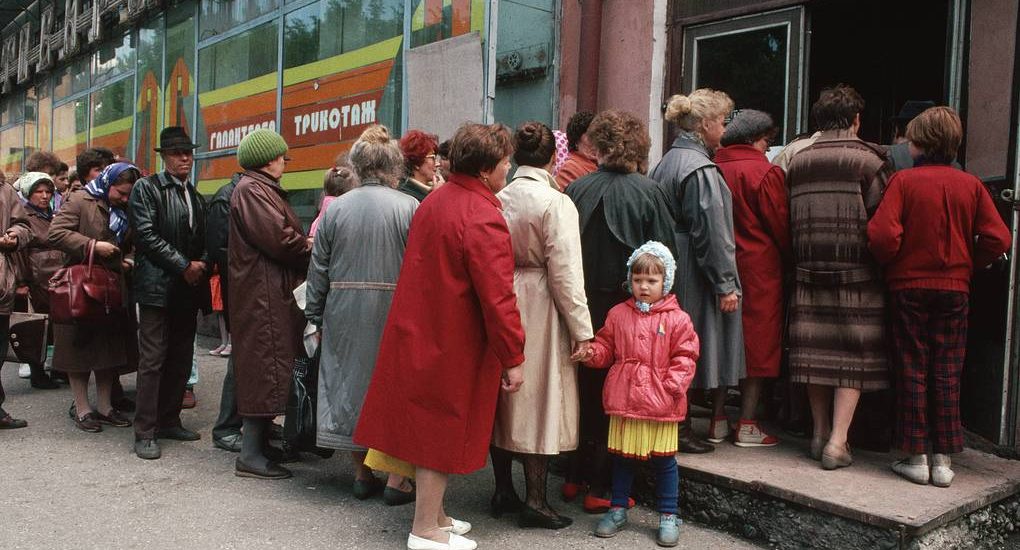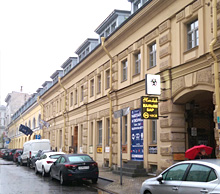On August 24, 1923, Viktor Glushkov was born, "The Developer of the Soviet Internet" (untrue) and an outstanding cybernetics, who offered to save the planned economy with computer networks (and it was).
What actually came up with the "Developer of the Soviet Internet" Glushkov
Glushkov grew up in the family of a mining engineer from Rostov-on-Don, since childhood loved the technique – a schoolboy he made a model of the tram on radio control – and, despite the weak vision, achieved great success in their studies. In the war, the directions occupied the Nazis, because of this, Glushkov was ordered the path in Moscow State University – had to enter the Novocherkassian Industrial Institute with a degree in heat engineer, and then to Rostov University at the correspondence department of Mehmat. In Soviet times, university graduates first worked in a specialty where the state will say. Glushkov after studying hit the distribution to the Urals.
Biographical sources diverge about what happened further: some bind young mathematics with an atomic project, in others it is indicated that Glushkov was just an assistant in a forestry institute for three quarters. At this stage, in his life, Valentina Pakova's wife played a key role in his life: a graduate of the Energy Faculty, who fell to work in Sverdlovenergo, made it possible to her husband focuses on scientific work – he entered the graduate school, successfully defended his thesis and eventually became one of the leading Soviet Cybernetic specialists. .
One step before the Internet (in fact no)
The History of the OGAS, the nationwide automated system of accounting and information processing is connected with Glushkov. This system is often called the internet prototype, but this is not entirely true. OGAS was a network of computing centers for the automation of the Soviet economy and therefore it is difficult to compare it with the realities of our time.
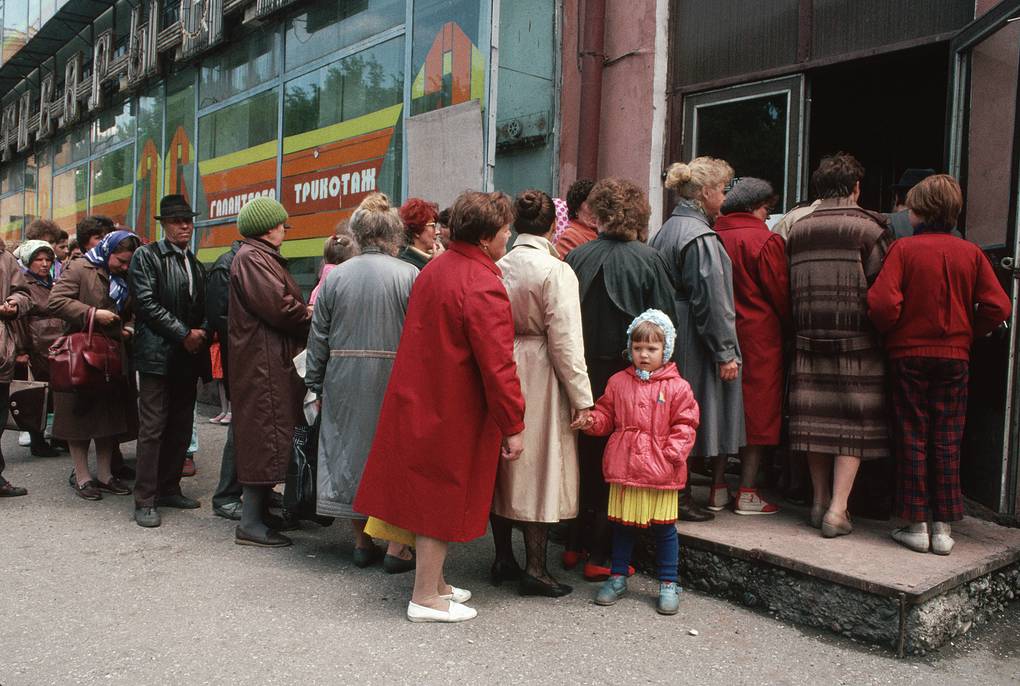
The Soviet economy was planned and, which is important for understanding the features of the OGAS, without private entrepreneurship. All enterprises received a plan approved at the top, and this concerned not only large programs like the construction of nuclear reactors, gaskets of railways through the eastern Siberia or re-equipment of the army.
The production of toilet paper, chocolates, condoms or socks also obeyed the plan, as well as retail. Even the replacement of the sewer hatch eventually rested in the ministry, since the new hatch must be cast in a metallurgical plant (state), bring to the right place (by public transport) and establish workers who receive salary (from state funds).
Glushkov and his like-minded people – among them was Anatoly Whales, the author of the project of a military centralized computing system – proposed to promptly process all the necessary economic information using the system of computing centers.The system was assumed to be two-level: the hundred large centers would have about 20 thousand nodes smaller in separate plants or in a bundle several small enterprises. Glushkov not only was engaged in theoretical justification of the OAHAS, but also went to the place to understand what kind of information should transmit mines, and what kind of plant.
Scientists calculated that OGAS would cost about 20 billion rubles. At that time, the engineer's salary was about 150 rubles, a car could be purchased for several thousand. But Glushkov and his colleagues thought that in the first five years, the return from the OGAS would be 100 billion rubles. The speed of work and the elimination of the human factor in decision-making, according to the designers, could make government planning more efficiently and faster: wasting wasting and deficit remained in the past.

But Ohas remained just a bold idea. Central statistical management and a number of Soviet economists objected against the project. The offer was repeatedly discussed by special government commissions, and the plan was postponed every time for refinement.
The reasons were the very high complexity of the project – the most difficult nuclear and space programs taken together, as said Holykov himself, and politics. In addition to computers, the OGAS system needed mathematical models that allow, for example, to predict the needs of enterprises in raw materials. To develop such models, scientists would have to give classified information. And the data was classified not only for military considerations (how much is done in the country of cartridges and how much steel is smelted for tanks), but also since such statistics have exposed the existence of the Soviet economic system.
Ohas was not "Soviet Internet" and for a number of technical signs. On the Internet, information is divided into small packages and is delivered to the destination through several nodes. For example, this article could appear on your screen, bypassing a couple of countries, although TASS servers are located in Russia. But if the system determines such a route as optimal, then so be. The OGAS system was supposed to connect two nodes directly. For hundreds of centers, such an architecture was suitable, but it would not stand the billions of connected devices.
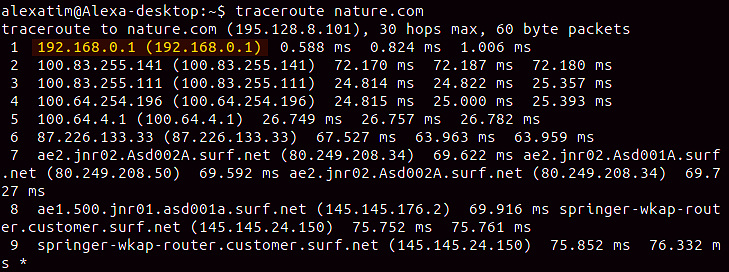
Information networks that were created or designed in the 1960s were generally very different from the Internet usual. Computers were large and expensive, their capabilities are very modest, and the scope of application is much already. In the 1970s on the pages of the popular book "What is cybernetics?" Glushkov already wrote about the fact that the computer could someday find use in remote learning, but decades remained before the previews of the Internet. World Wide Web originated in 1991: the first website was launched in less than two weeks before the August coup in the USSR.
When computers were big
Information networks are unthinkable without computers, their twice also designed. Now the "computer" indicates a certain device that allows you to do anything: watch video and edit text, lay the route around the city and play games. Computers are standing in almost every home and in most jobs, they are built into the phones, and their simplified options are massively printed on paper.
A one-time ticket on the metro contains microchip with memory at the level of the computer "Kyiv", the bragging of the Glushkov group of 1956. The modern microcircuit, which controls the simple device like a hair dryer, can have speed hundreds of times higher than that of the first computers who occupied a large room and demanded dozens of kilowatt electricity, so parallels with modernity should be carried out very carefully.
The first computers even after replacing cumbersome and often broken radiolamps with semiconductors were needed exclusively for calculations in its pure form. In the book "What is cybernetics?" Glushkov argued about the use of computers primarily for engineering, for example, to optimally pave the railway. This task, as a scientist pointed out, is solved by consistently searching for different options, and a person with an arithmeter, "making two operations with multi-valued numbers per minute," losing the electronic device.
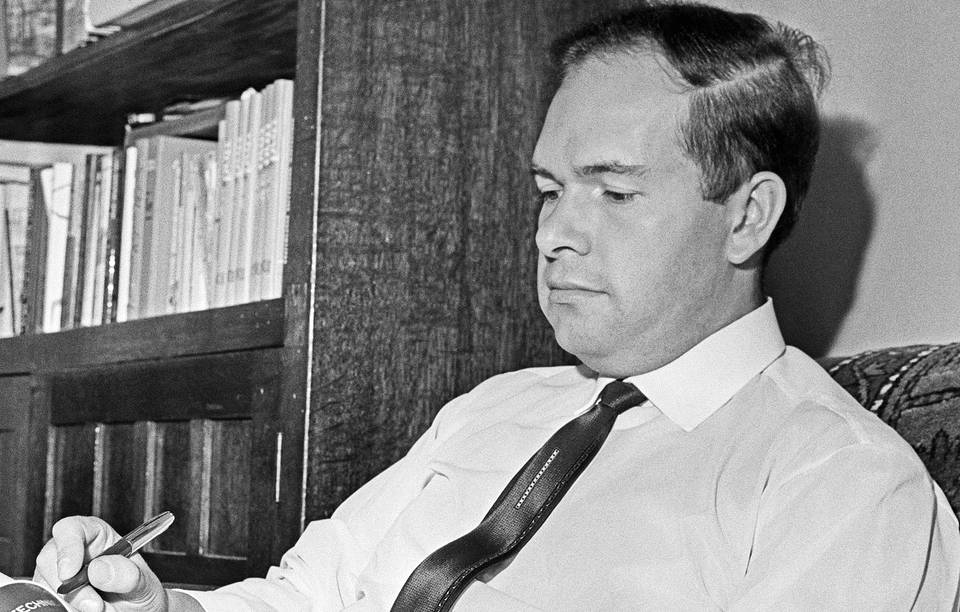
Computers allowed the fastest to perform engineering, military (where to turn the gun to defeat the moving goal) and economic (count the balance of the plant) calculations and at first few people represented the entire power of digital technology.
But time went and computers received new features. Instead of a device that prints the tape with numbers, screens with electron beam tubes appeared, in programming, impassive machine codes were changed by high-level languages and compilers, the results of calculations became possible to see in the form of a graph.
Glushkov did not limit himself only by solving specific engineering tasks, and tried to look into the future. If Ohas conceived in the early 1960s was a specialized network for purely economic problems, then ten years later, some terminals appeared in the forecasts, with which you can "even from the house" have access to digitized data. To catch their gilicles, alas, did not have time: in January 1982 he found a non-metering brain tumor.
Many of the ideas of Glushkov were embodied under his own leadership. As for the OGAS and the ideas of the planned supercomputer economy, it partly realized in large corporate systems: retail chain management or online stores today is unthinkable without computer systems. The idea of electronic money that Glushkov also represented was carried out in bank cards, online payments, and in recent years – both in cryptocurrencies.Glushkov, of course, hardly he would have learned his ideas in this, but after all, the first TV, and the first airplanes were straightened from modern flat screens or wide-body liners.
Alexey Tymoshenko, Scientific and Popular Site "Cherdak"


